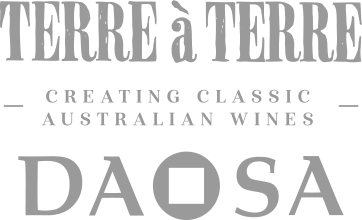Source: TheRealReview.com / new and noteworthy
Author: Huon Hooke
Date: 20 September 2016
Adelaide Hills sparkling wine has been partially eclipsed by Tasmania in the bubbly conversation, but the wineries have been quietly getting on with the job.
I was surprised to learn that there are 32 sparkling wines produced in the Hills today, most made by the method champenoise.
A group of Hills sparkling producers brought their wines to Sydney recently to wave their flag. They poured 17 wines from 12 wineries for a group of tasters from the media and trade. Their message was, in the words of Xavier Bizot of Daosa:
“Don’t forget Adelaide Hills sparkling. The Hills is one of just four Australian areas where the climate is blessed with conditions suitable for high quality sparkling wine”.
This is despite the fact that it produces less than 5% of Australian sparkling, by all methods.
The altitude at which the 17 wines were grown varies from 300 to 630 metres. The price range of most wines was $28 to $55, with one wine, the Deviation Road Beltana 2011, an outlier at $85 (and worth it).
Adelaide Hills sparkling was pioneered by Brian Croser at Petaluma (tastings) in 1984. Today Petaluma, although a public company now with no link to Brian Croser, still produces the Croser vintage sparkling wine from Piccadilly Valley grapes, the same sub-region that’s home to Bizot’s Daosa vineyard.
Other representatives at the tasting were Andrew Hardy of Petaluma and Kate Laurie of Deviation Road (tastings). MC for the tasting, specialist bubbly writer Tyson Stelzer, said today’s Australian sparkling wines run rings around the wines of the 1980s and ‘90s. Kate Laurie said that when she lived and studied in Champagne in the 1990s, nobody asked her about Australia or showed any interest. Today when she goes back, she is bombarded with questions about how she deals with the hot conditions.
“They are now being faced with the challenge of climate-change whereas we have always lived with warm conditions.”
Bizot added:
“Climate change is a bonus for Champagne as they’ve had a lot of years when they couldn’t ripen the grapes and the acidity was too high even after malolactic.”
The standard of wines in the tasting was very high: the best showing character and finesse to rank with high-level Champagnes.
The outstanding wines were Ashton Hills (both the Salmon Brut and the Blanc de Noirs2011s), Deviation Road Beltana Blanc de Blancs ’11 and Croser Late Disgorged 2003 all rating 96 points. Close behind these were Daosa Blanc de Blancs 2011, Deviation Road Loftia 2013, then a few surprises (which I had not tasted before): Mount Lofty Ranges Vineyard 2013, Lobethal Wines Maja Blanc de Blancs 2012 and Honey Moon Rosé Brut 2011.
An interesting sidelight: nine of the wines were under Diam corks, three under crown caps, and five under natural cork – one of which had both samples cork-tainted. Alternative closures rule!



